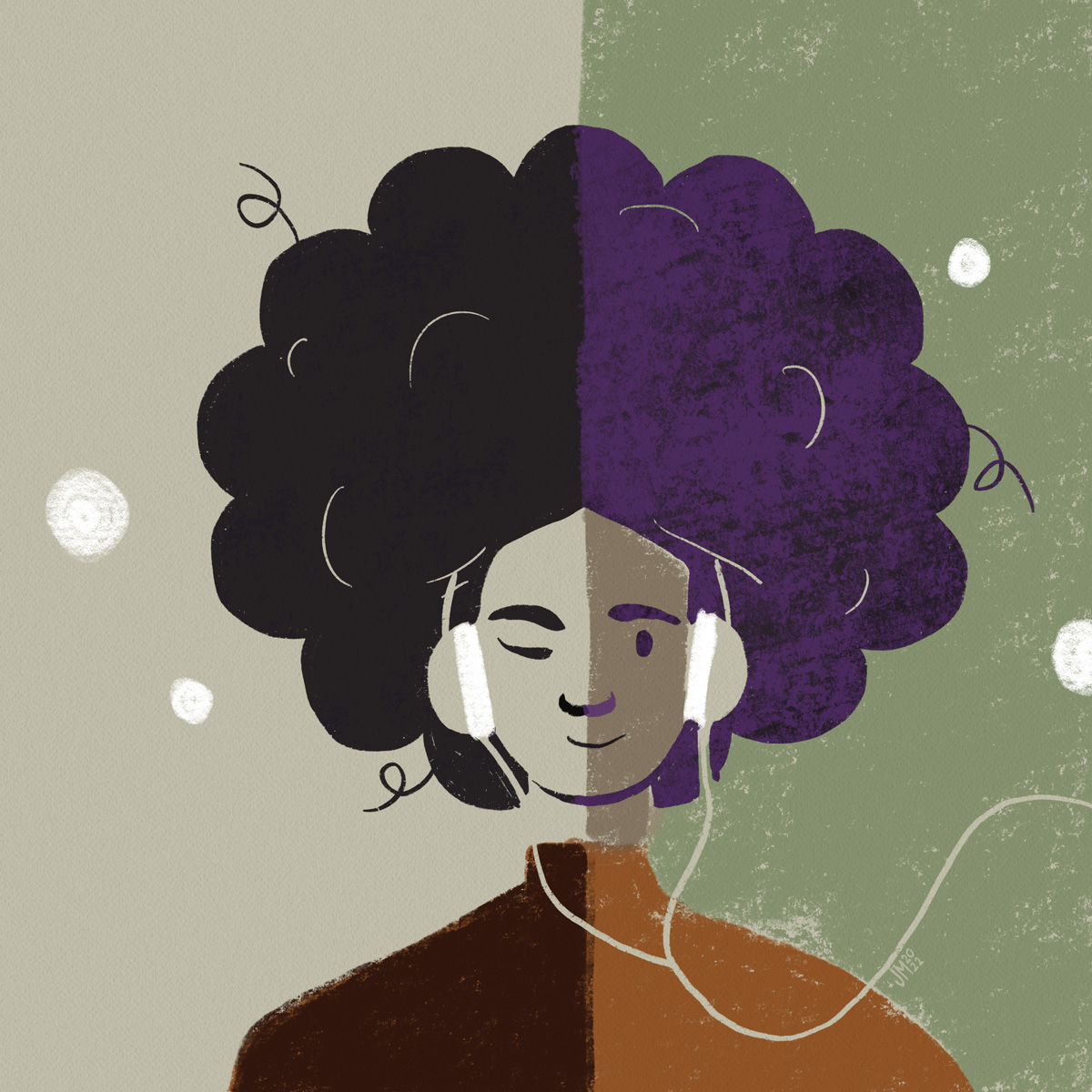EMDR (Eye Movement Desensitization and Reprocessing) is an interactive therapy technique that may help you recover from trauma and negative life experiences quickly and without in-depth analysis.
EMDR is unusual because it doesn’t rely on talk therapy or medication to improve your symptoms. Instead, you recall an upsetting experience while focusing on a rhythmic left-right pattern of visual, auditory or tactile input. This technique may change the way your brain stores painful memories and help you recover from stressful experiences.

The history of EMDR
In 1987, Francine Shapiro, Ph.D., took a walk in a park and noticed that darting her eyes from side to side seemed to reduce the negative emotions she had when thinking about distressing memories. She tried it with others and found similar effects. She added other therapeutic features, including cognitive restructuring, and developed a standard procedure now called EMDR.
Shapiro introduced EMDR to the scientific community in 1989 when she published her research findings from a randomized controlled trial. Encouraged by her findings, Shapiro continued refining the treatment approach with feedback from her clients and from other practitioners administering EMDR. Clinicians trained in EMDR founded the EMDR International Association (EMDRIA) in 1995 to establish standards for training and practice.
Today, more than 60,000 practitioners have received formal training in EMDR. The American Psychiatric Association and the Department of Veterans Affairs recognize EMDR as an effective treatment for PTSD.
How does EMDR work?
EMDR may reduce trauma-related symptoms by changing the way your brain stores painful memories. Proponents of EMDR don’t fully understand how it works, but the underlying model suggests that:
- Unprocessed memories produce negative thoughts, feelings and behaviors.
- EMDR helps your brain process those memories.
- In turn, this improves your mental health.
What is EMDR like?
During a session, your therapist will ask you to think about a distressing memory while you watch, hear or feel a stimulus move from one side of your body to the other, alternating back-and-forth. This is known as bilateral stimulation (BLS). Commonly, your therapist will move their fingers back and forth in front of your face and ask you to watch them.
Next, your therapist will teach you to replace a negative belief about the target event with a positive one. For example, if you were physically abused, you might believe, “I’m powerless.” The therapist might encourage you to replace this belief with, “I’m in control now,” and help you strengthen this positive belief until it feels true.
Your therapist will then ask you to observe your physical reactions to thinking about the trauma memory and the positive cognition. If you feel any distress, they will process it with you using bilateral stimulation.
What are the benefits of EMDR?
EMDR often works quickly and doesn’t require an in-depth analysis of your trauma. Psychologist Maria Walton, PhD, LCSW, uses EMDR in her clinical practice and says, “It’s so efficient in helping a person’s brain reprocess traumatic memories, it can help people make significant progress in a fraction of the time.”
Is EMDR legit?
Studies of EMDR often involve small sample sizes, which can make results difficult to generalize. However, in analyses comparing studies of EMDR and more traditional trauma therapies like trauma-focused cognitive behavioral therapy (TF-CBT), EMDR generally performs as well as TF-CBT for treating symptoms of PTSD.
More research is needed to better understand how EMDR works. In particular, we don’t know how much bilateral stimulation actually contributes to EMDR’s effectiveness or if the process of recalling trauma in a safe space with a supportive therapist provides the basis for results.
On the other hand, EMDR is safe and may be especially helpful for people who don’t want to participate in the activities required by TF-CBT, including talking in-depth about traumatic memories, challenging beliefs about those memories and completing homework related to the trauma. So, regardless of how it works, EMDR may be a useful option for some people.
Which disorders does EMDR treat?
Generally, EMDR is recommended for treating traumatic stress and PTSD. However, according to Dr. Walton, clinicians use it to treat various concerns, “from combat trauma and dissociative identity disorder to test-taking anxiety and performance enhancement.” She goes on to say, “It can work well for other clinical concerns, as long as the issue is related to a negative past experience – for example, negative body image related to having been bullied in the past.”
Next Steps
If you or someone you love might benefit from EMDR or other trauma-related therapy and you’re looking for mental health treatment in Tennessee, contact Athena Care. One of our care coordinators will help you get the help you need.

Rachel Swan, MS
Editor
Rachel has a Masters of Science in Clinical Psychology from Vanderbilt University, where she spent 16 years as a Research Analyst in the Psychology and Human Development Department.


